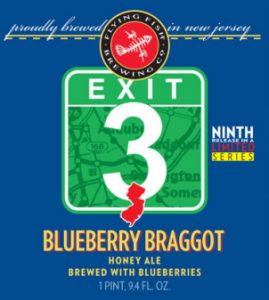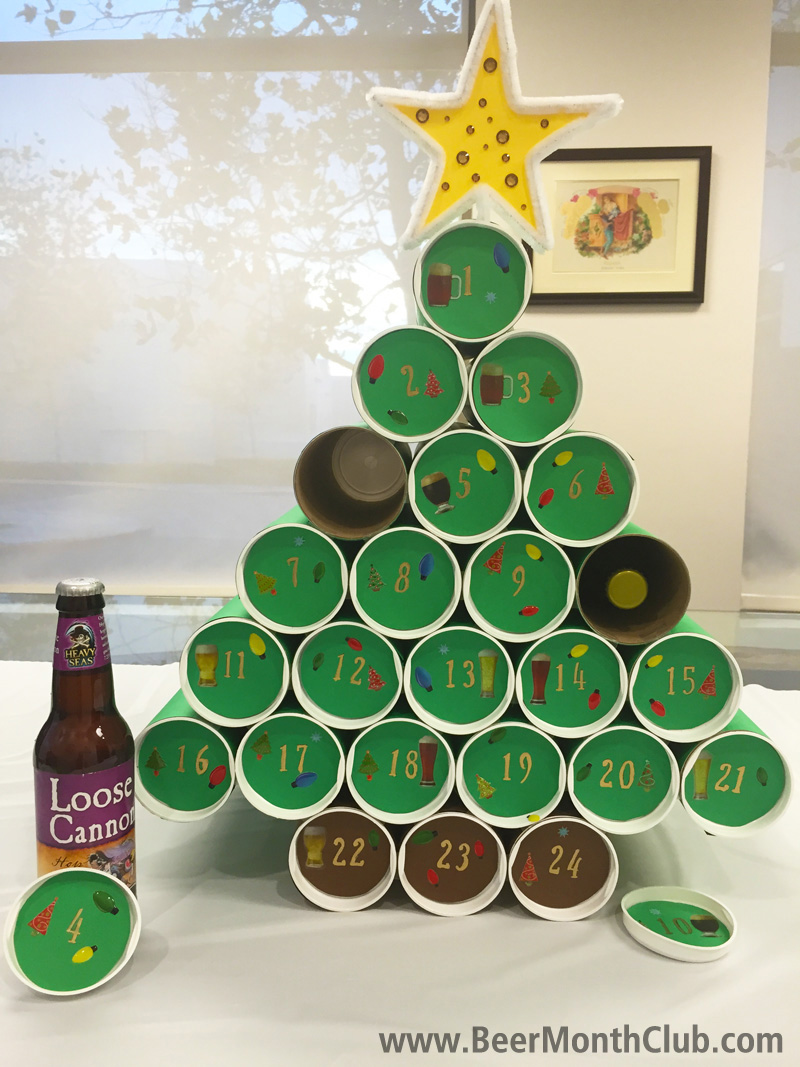 Braggots are relatively unfamiliar turf for me: beer plus honey, with everything beyond that a mystery. The Oxford Companion of Beer adds that they’re made with malt and honey, ideally the honey in greater abundance, to separate them from honey beers; braggots reside in the space between beers and meads. OCB: “Historical references suggest braggot is a Celtic drink from at least the 12th century; it is mentioned in The Canterbury Tales.” (A modern-ish version reads: “Her mouth was sweet as bragget or as mead / Or hoard of apples laid in hay or weed.”)
Braggots are relatively unfamiliar turf for me: beer plus honey, with everything beyond that a mystery. The Oxford Companion of Beer adds that they’re made with malt and honey, ideally the honey in greater abundance, to separate them from honey beers; braggots reside in the space between beers and meads. OCB: “Historical references suggest braggot is a Celtic drink from at least the 12th century; it is mentioned in The Canterbury Tales.” (A modern-ish version reads: “Her mouth was sweet as bragget or as mead / Or hoard of apples laid in hay or weed.”)
Romantic stuff. In The Beer Bible, Jeff Alworth adds that “Braggot […] is ancient. There is no strict definition beyond honeyed beer, and by that description, braggot goes all the way back to the Sumerians. Archeologists have discovered honeyed beer in pottery from Phrygia from 700 BCE […] and in Gaul during roughly the same time period.” In his Radical Brewing, Randy Mosher quotes the Roman historian Cornelius Tacitus, speaking about the Germanic people: “[They] lie on bear skins and drink mead or beer brewed with honey from large drinking horns. They can bear hunger and cold weather easily, but not the thirst.”
Braggots are not the easiest things to track down. The well-regarded Brother Adam’s Bragget Honey Ale from Atlantic Brewing Co. (“named for Brother Adams, a monk from Buckfast Abbey who is credited with saving the bee industry”) was the lone encounter with the style I’ve got notes on. Kuhnhenn Brewing Co. in Warren, Michigan has made a bunch of these over the years, including a Dry Saison Braggot, Imperial Raspberry Braggot, and Heights of Sterling Braggot (dry-hopped with Sterling). If you’re lucky, your local might have a one-off.




